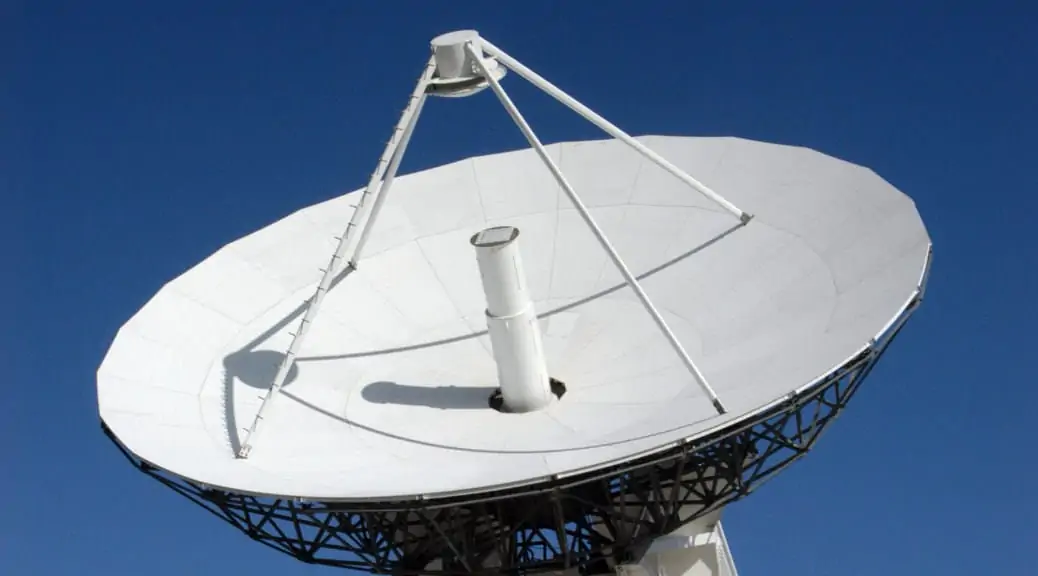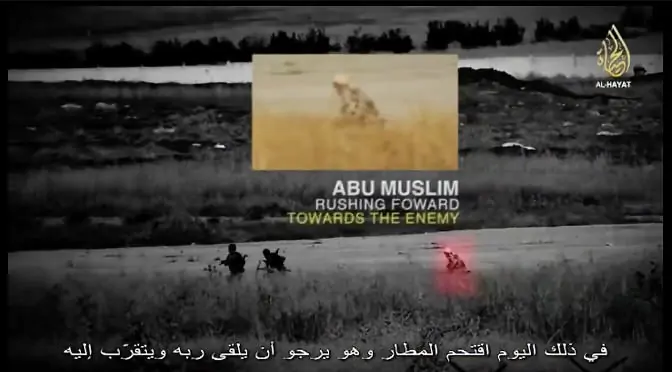Between 29 September and 21 October 2015, the U.S. led coalition conducted 95 airstrikes on Syrian territory against the Islamic State (U.S. Central Command, Operation Inherent Resolve, briefing 22 Oct 2015). On 27 October, U.S. Defense Secretary Ashton Carter announced that the U.S. would step up its campaign against the Islamic State with the “‘three R’s’ – Raqqa, Ramadi, and Raids”, involving notably ramping up U.S. and coalition air strikes as well as “direct action on the ground” – the “Raids” (“Secretary of Defense Ash Carter opening statement on counter-ISIL Senate Armed Services Committee”, October 27, 2015), anticipating the announcement of the deployment of a very small special force on the ground in Northern Syria (Reuters, 31 Oct 2015). As a …
Continue reading “At War against the Islamic State – From Syria to the Region”










